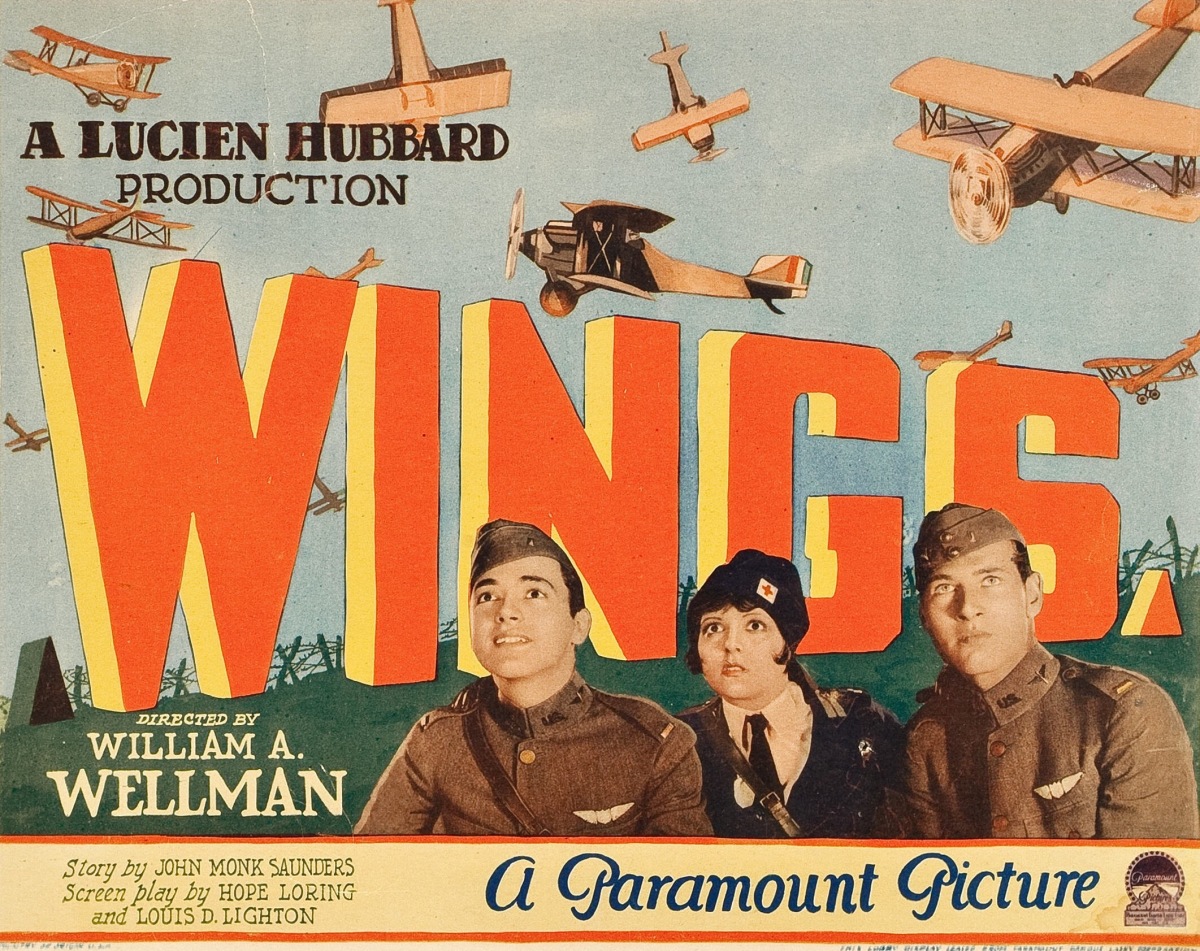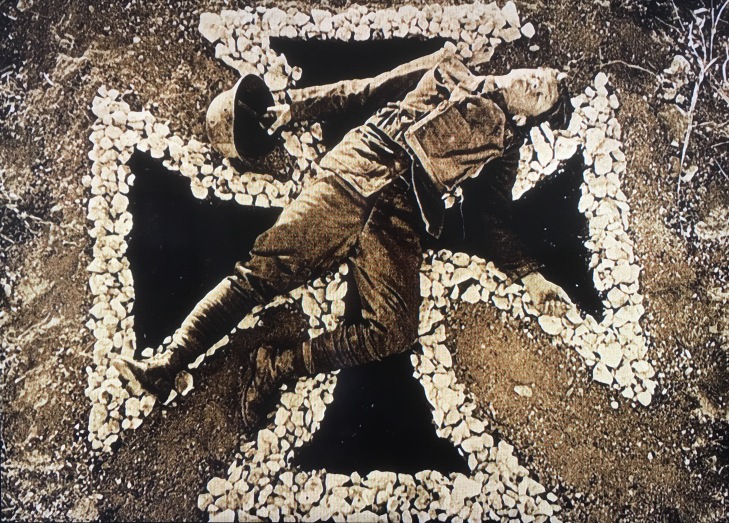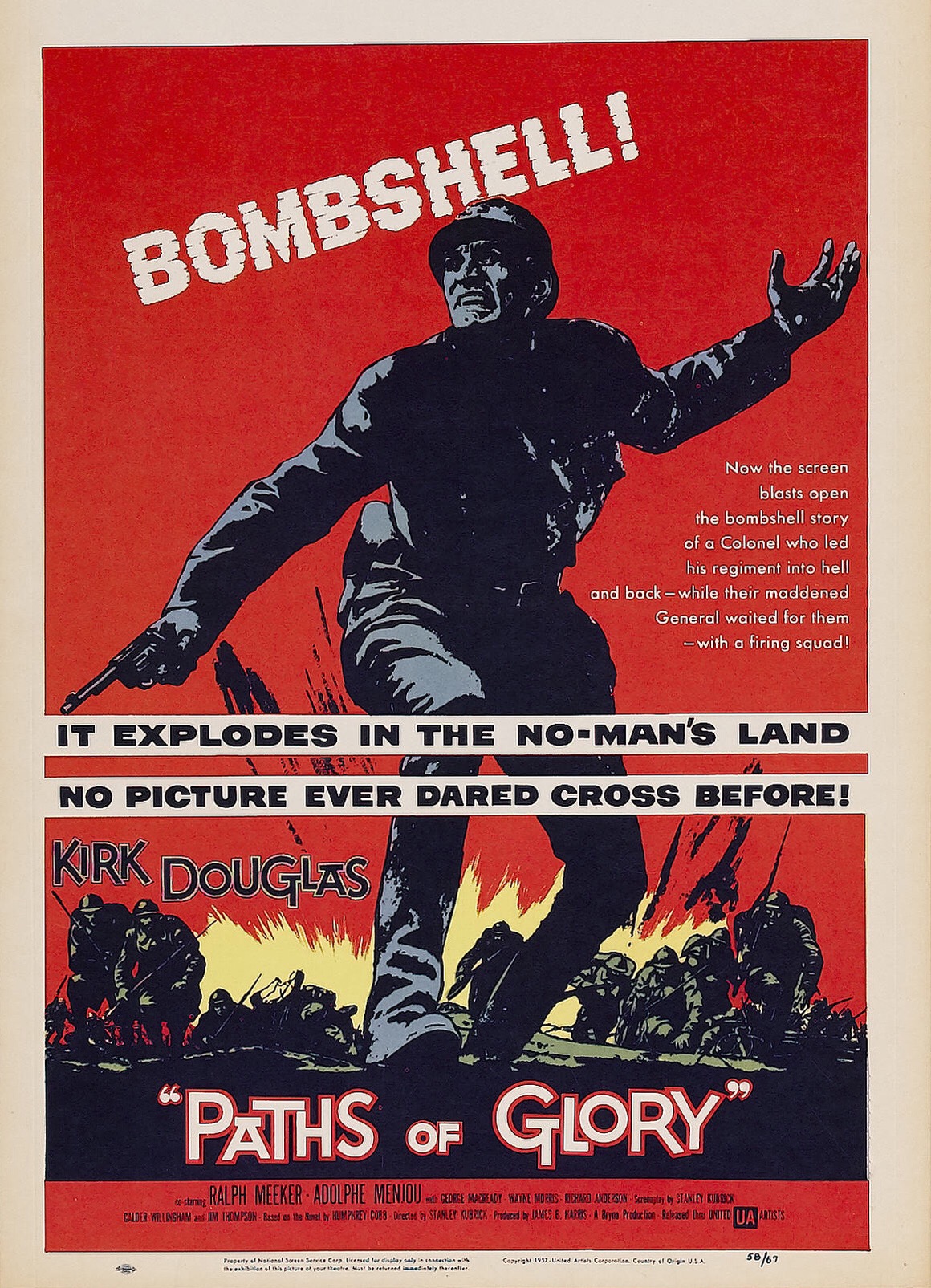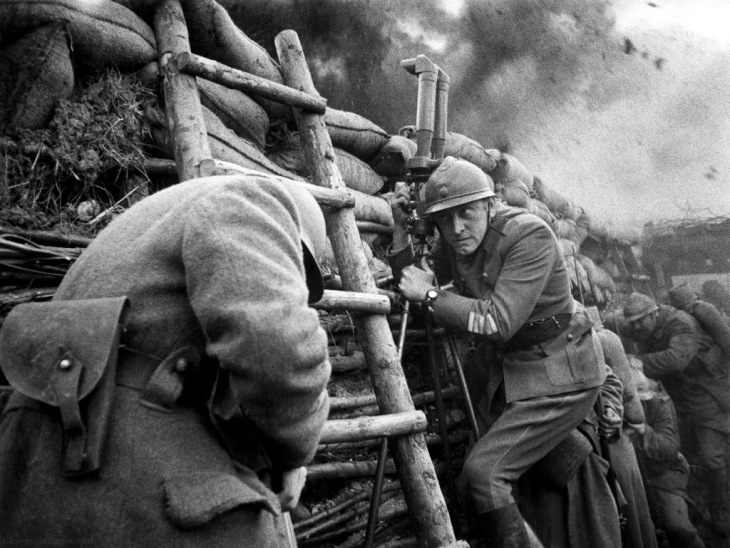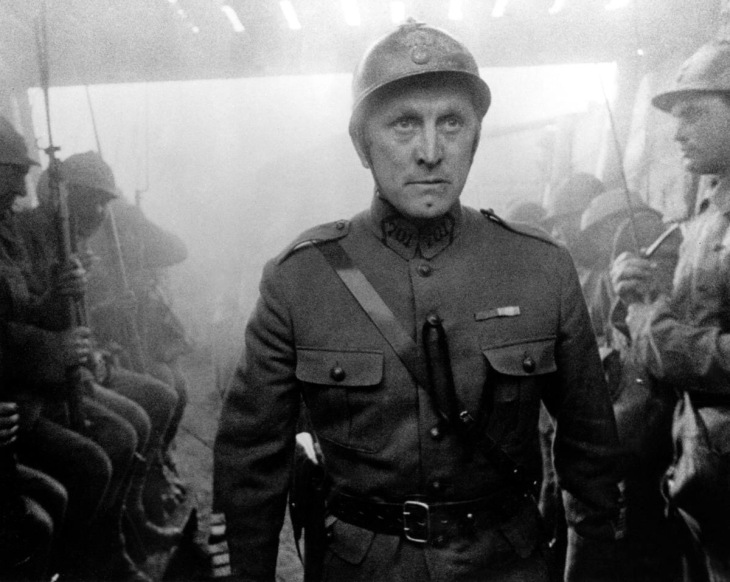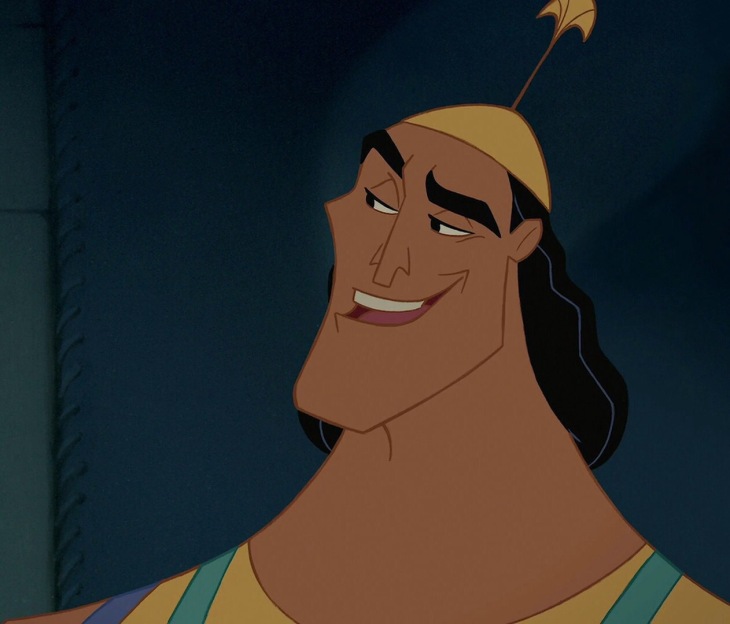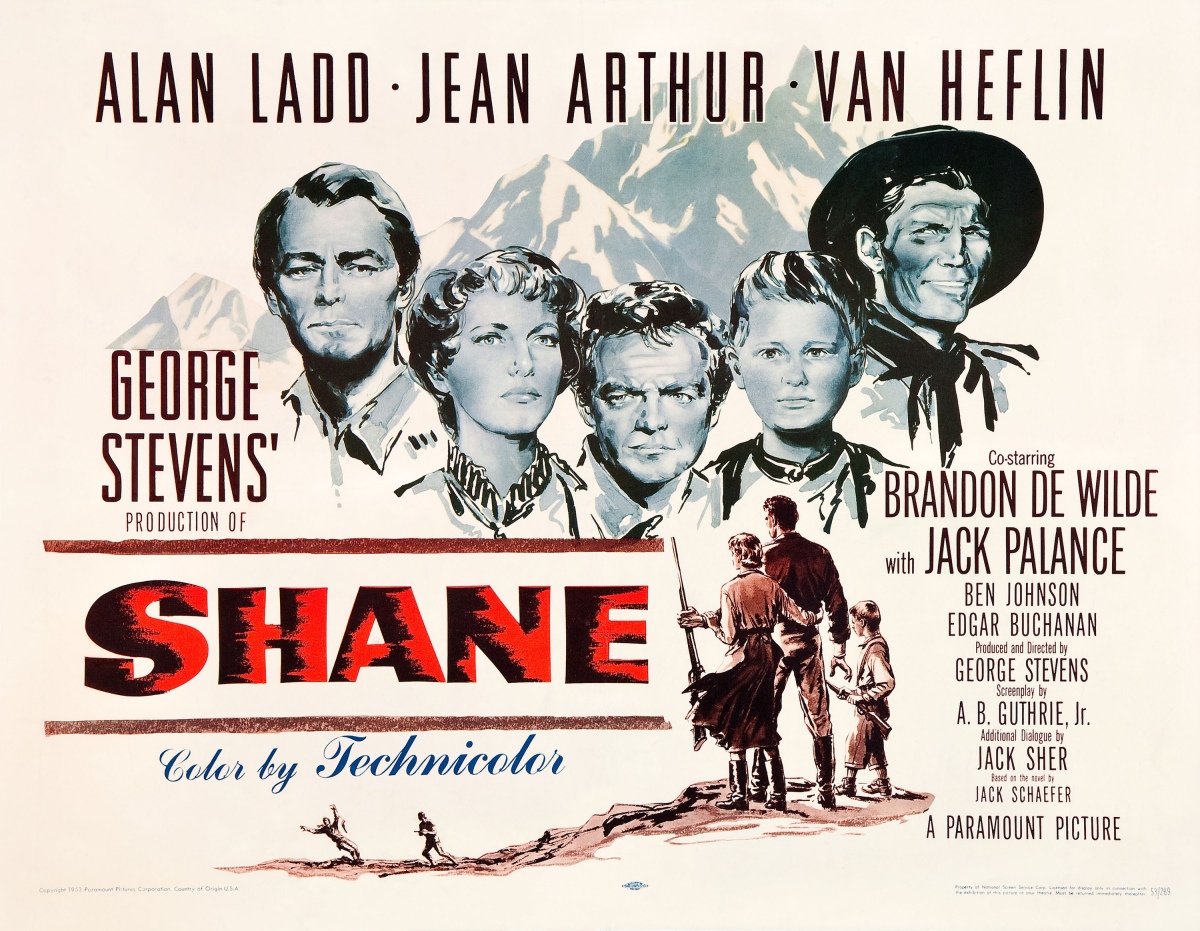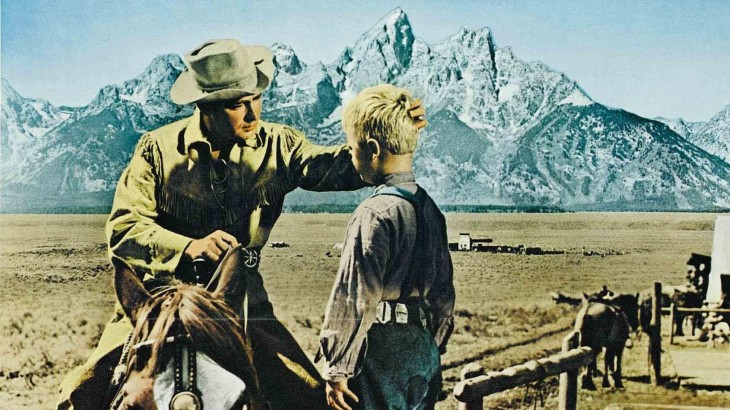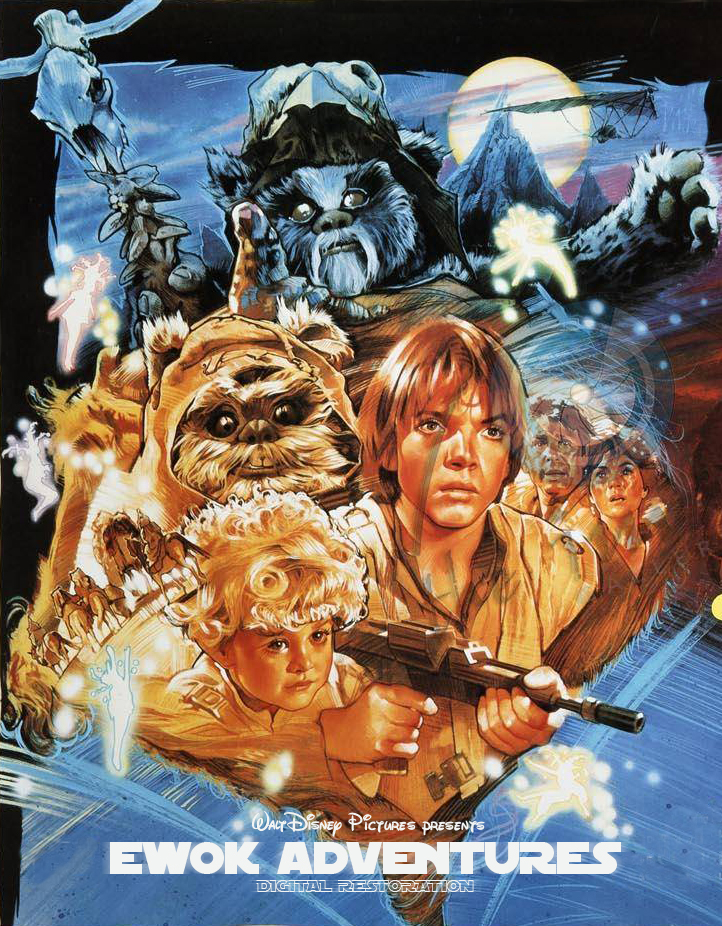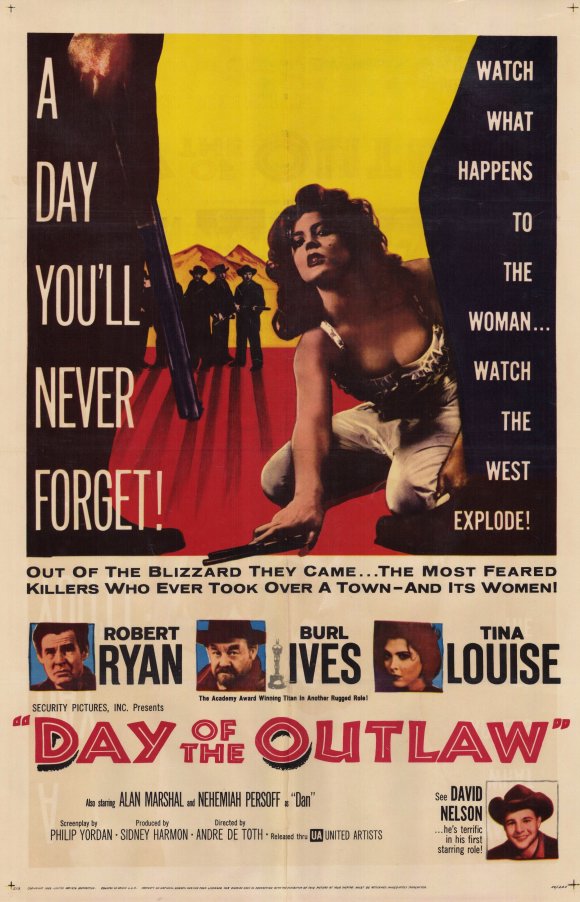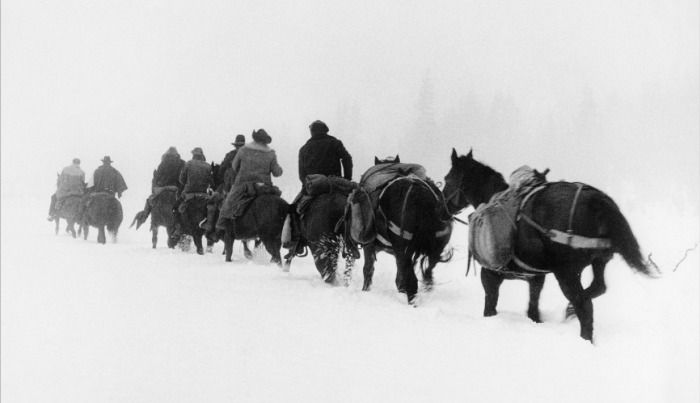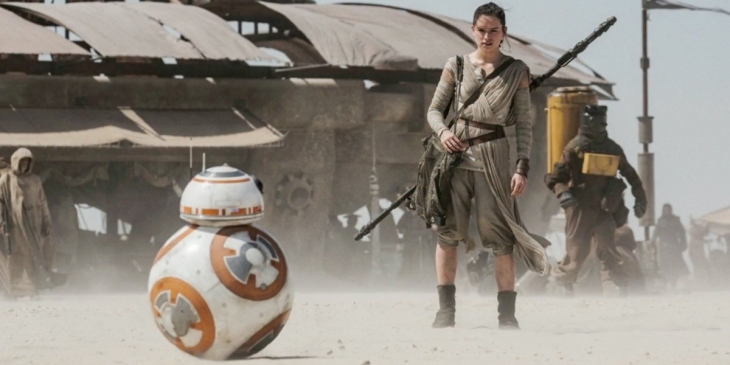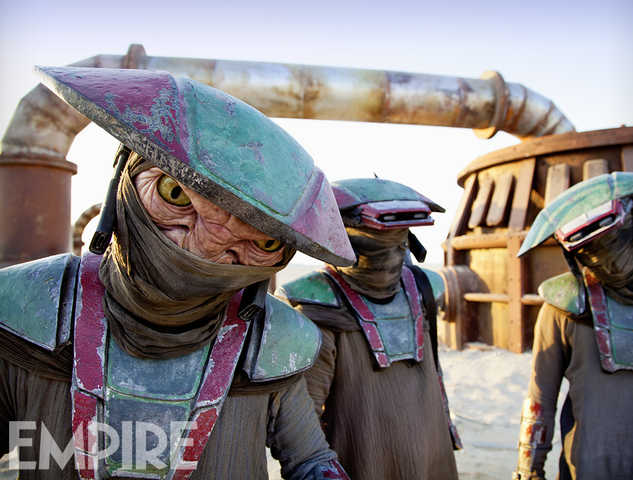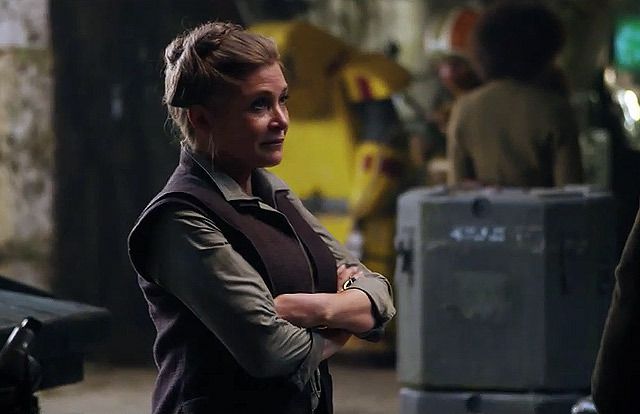When production on 1930s short The Sorcerer’s Apprentice was nearly finished, Walt Disney knew he had something great on his hands. He also knew he had something costly on his hands. It was originally conceived as an elaborate Silly Symphony short cartoon, partly to explore Walt Disney’s love of classical music and partly to reignite public interest in the waining Mickey Mouse. The blend of high-quality animation and Paul Dukas’s memorable classical symphony proved this was a cut above the usual fare, though it came in at a budget of $125,000, which would never be earned back were it to be released as a standalone short. [1]
Using the Mickey comeback as the starting point, production was vastly expanded. Thousands of artists and twelve directors were tasked with creating eight additional segments to accompany the first short. [2] Seven made the final cut (including the intermission segment) and were included in the original theatrical release of Fantasia, Disney’s third animated feature film. It was released to much fanfare in 1940, garnering immediate and sustained critical success. It has gone down in the history books as a masterpiece.
The original plan to re-release Fantasia every few years with a new short segment replacing one of the original shorts never came to fruition, although work was started on some newer segments. [3] One completed short, titled ‘Blue Bayou’ and based on Debussy’s Clare De Lune, found its way into the 1946 package film ‘Make Mine Music’ (though with different music as backing). Indeed, both ‘Make Mine Music’ and the subsequent ‘Melody Time’ are spiritual successors of ‘Fantasia’, using the basic concept – a series of unrelated short films set to music – as their starting point. Had Disney released these films with a Fantasia prefix, they would surely be more likely to be better understood by the modern public.
Fantasia 2000
Alas, it wasn’t until 1999 that the sequel proper was released, in the form of Fantasia 2000. This time, seven new segments were included alongside the inclusion of the now-iconic short The Sorcerer’s Apprentice. Critically it fared well, though it wasn’t hailed as a masterpiece. At the box office, it recouped its money and made a small profit.
There were some real triumphs here, although my favourite segment has to be The Firebird, which provides an emotional closing for the feature.
A third Fantasia film?
A further follow up was started in 2002, with a working title of Fantasia 2006. However, by 2004 the film was shelved. The reasons for cancelling the project were never confirmed, but looking at the facts the reasons aren’t hard to deduce.
From Fantasia 2000 onwards to the cancellation of its sequel, Walt Disney Feature Animation released seven films: Dinosaur, The Emperor’s New Groove, Atlantis: The Lost Empire, Lilo & Stitch, Treasure Planet, Brother Bear and Home On The Range. In that same time-span, Pixar released Monsters Inc., Finding Nemo and The Incredibles. That doesn’t include Toy Story 2, a film that dwarfed Fantasia 2000 at the box office and was released just three weeks earlier.
This was a troubling lack of success in what is considered as a transition phase for Walt Disney Feature Animation. Financially, they were going through a string of failures akin to the 1980s, just before the renaissance in the late 80s and through the 90s. As such, the third Fantasia film was cancelled. Now was not the time to take risks with passion projects.
Does any footage survive?
More than just fragments of shorts, Fantasia 2006 was far beyond the planning stage and well into production when it was called off. Not wishing to waste their efforts, the various production teams were tasked with finishing their segments, with the proposal that each would be released independently as short films.
Perhaps the most celebrated of the shorts is Destino. This was first conceived as a collaboration between Walt Disney and surrealist painter Salvador Dali. Dali and studio artist John Hench had made just 17 seconds before production was shelved in 1945, though this was enough time to have a basic concept scoped out in the form of storyboards. 58 years later, production was finally finished by a team of animators under the direction of Dominique Monféry. It’s visually stunning and an conceptually mind-blowing piece of art history as well as a work of art in its own right. It has been criminally underappreciated, partly due to the fact it is so hard to track down. If you want to find it now, you will need to purchase the Fantasia 2000 Blu-ray and navigate to the bonus features menu. It is seven minutes well spent.
Five-minute short Lorenzo was released in 2003 with the live-action Kate Hudson feature Raising Helen. It’s a bizarre short about a cat with a cursed tail, which develops a life of its own. The tango track “Bordoneo y 900”, performed by Juan José Mosalini and his Big Tango Orchestra, was used as the soundtrack, moving it further away from the original concept of classical music for Fantasia 2000. It hasn’t gone down as a must-see short, and it is arguably more charming than breathtaking. To find it now and enjoy it in the best quality, USA readers need to hunt down a copy of Walt Disney Animation Studios Short Films Collection on Blu-ray.
Pixote Hunt had already contributed the Symphony No. 5 segment to Fantasia 2000 (along with directing the interstitial segments), and was also the man behind One by One. The eventually-released version ended up using a song that was intended for original The Lion King film but was cut late in the production. It did end up being used in the stage musical before being used again in One by One. It’s a lovely little work of art that centres around a child feeling inspired to make and fly kites in his local village in an unidentified African country. The music isn’t integral to the film and it feels like it was a pairing made to suit its inclusion on the Lion King 2: Simba’s Pride home media release. Had it been included in the Fantasia 2006 release it would undoubtedly have been paired with some equally-fitting classical music, but the fact the animation was finished is still a blessing.
The Little Match Girl is the most memorable of the finished shorts. An eight minute story told without any dialogue that still maintains your interest is usually the mark of something very special. It is set to the third movement of Nocturne from String Quartet No. 2 in D Major by Alexander Borodin, meaning what you can see is very much exactly as it was imagined for Fantasia 2006. It’s a achingly beautiful animation, and marked the last use of CAPS (Computer Animated Production System) by Disney following its extensive use throughout the 1990s in their renaissance period. USA readers can find The Little Match Girl as a bonus feature on the Blu-ray of The Little Mermaid or as part of the Walt Disney Animation Studios Short Films Collection from 2015.
Other than these four finished shorts, we are left to speculate what else would have been included in a final feature release. I’d guess that Disney wouldn’t break mould with the format of live-action inter-segment introductions to break up the short films, so there would be some of that in there. It wouldn’t be a Fantasia film without the inclusion of The Sorcerer’s Apprentice. Siberia-set short film Glago’s Guest was completed around the same and could have been included, although it has been seldom seen by viewing public (including myself) so this is mere speculation.
Probably most exciting to Disney aficionados would be remastering and recutting the short Clair De Lune, which, as previously mentioned, was an unused short from the original Fantasia film. It was later edited with a different soundtrack and retitled Blue Bayou, which was included in the Disney feature Make Mine Music. Putting the original classical score together with the existing footage would top off something of a celebration of the past for the studio.
So there you have it. A missed opportunity? Perhaps. Its hard to argue that their eventual switch in concentration has helped ensure they got back into the hearts of a generation of children. With Moana, Zootropolis, Big Hero 6, Frozen and Wreck-It Ralph, we’ve had so much enjoyment out of the studio in recently years. This wouldn’t have been possible if the studio had folded with one too many passion projects in a period in which they were struggling. 2006 wasn’t the time for looking to the past when everyone around was looking to the future.
[1] LA Times article – ‘Fantastic ‘Fantasia’: Disney Channel Take a Look at Walt’s Great Experiment in Animation’ – http://articles.latimes.com/1990-08-26/news/tv-552_1_walt-disney
[2] Grand Rapids Symphony article -‘A Look Inside Disney’s Fantasia and Fantasia 2000’ – https://www.grsymphony.org/blog/posts/a-look-inside
[3] D23 – The Official Disney Fanclub article – “15 Fascinating Facts About Fantasia“.
